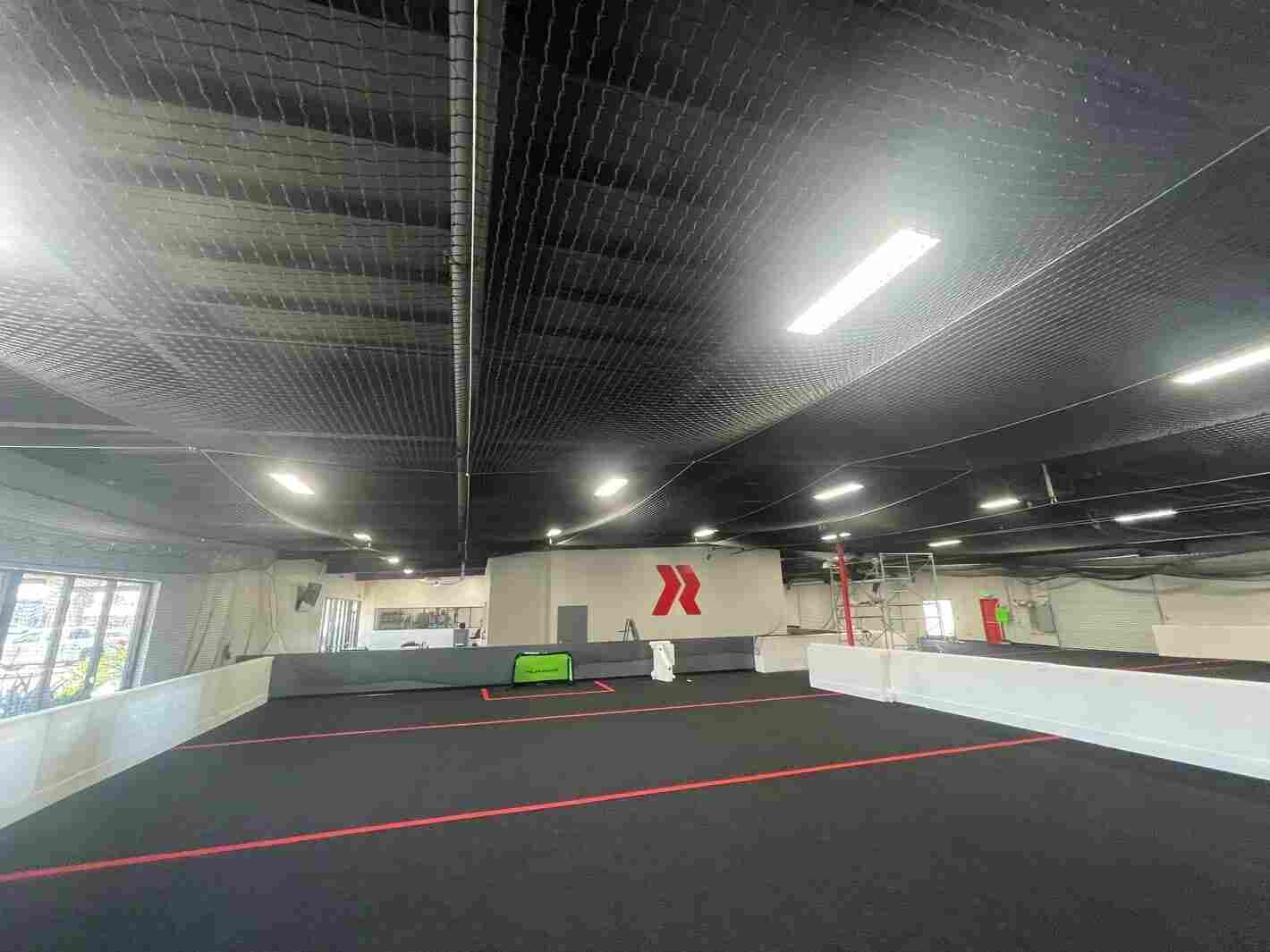


Investing in a custom indoor batting cage is a smart decision for any sports enthusiast or organization.
Every baseball or softball player knows that mastering the perfect swing takes time, effort, and consistent practice. But what happens when the weather isn’t on your side? Rain, snow, or even extreme heat can make outdoor practice impossible. This is where indoor batting cages become a game-changer. They provide a controlled environment where players can refine their skills year-round, without worrying about weather conditions.
Indoor batting cages aren’t just about avoiding bad weather; they are designed to help athletes improve their performance in a structured setting. With the right setup, players can focus on key aspects of their swing, work on different types of pitches, and develop muscle memory that translates into better performance on the field. Let’s dive deep into how these facilities can help players at all levels enhance their game.
Training in an indoor facility offers numerous benefits that can significantly impact a player’s development. One of the biggest advantages is consistency. Unlike outdoor fields where conditions vary, an indoor batting cage provides a stable environment where you can focus purely on improving your swing.
Consistency in training is key to mastering any skill, and indoor batting cages allow players to get more reps without external interruptions. Repetition helps develop muscle memory, which is crucial for improving batting accuracy and timing. When players repeatedly practice their swing in a controlled environment, their body naturally adapts to the correct mechanics, making their movements more fluid and efficient.
Bat speed and timing are two of the most critical factors in hitting. In an indoor setting, players can work on:
Many indoor facilities are equipped with advanced pitching machines that can simulate real game scenarios, making it easier to develop a hitter’s ability to recognize and react to various pitches.
Hitting a baseball is one of the most challenging skills in sports. It requires precise hand-eye coordination. Practicing in an indoor cage allows players to focus on their stance, grip, and swing angle without distractions. Over time, this leads to better control and more effective contact with the ball.
Both have their advantages. Indoor batting cages allow year-round practice in a controlled environment, while outdoor cages offer real-game conditions. Ideally, players should use both for a well-rounded training experience.
For serious players, practicing at least 3–4 times a week is recommended. However, even casual players can benefit from weekly sessions to maintain their skills.
It depends on the player’s skill level. Beginners should start with lower speeds (40-50 mph) before gradually increasing to match real-game speeds (70+ mph for advanced players).
Yes! Many indoor facilities have adjustable pitching machines that allow kids to practice safely at lower speeds. Always ensure proper supervision and use protective gear.
Indoor batting cages are one of the most effective ways to refine your swing and improve your overall batting skills. With consistent practice, players can develop better technique, timing, and power, all while training in a comfortable and controlled environment. Whether you are a beginner or a professional, taking advantage of indoor batting cages can be the key to unlocking your full potential as a hitter.
